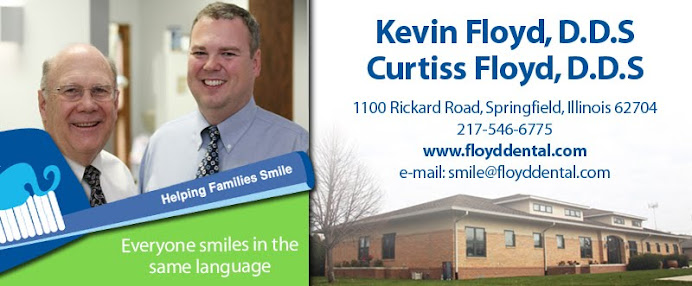Baby Teeth We just saw anklosed tooth in the office today
Dancing is about rhythm. One steps and moves and the partner smoothly follows. The process of getting and losing a tooth is like a carefully choreographed dance.
After a baby tooth erupts, it saves a space in the jawbone for the permanent tooth to one day reside. When the baby tooth and the permanent tooth dance to the same rhythm, the baby tooth's root will dissolve; the tooth will fall out, and the permanent tooth will erupt and take its place.
In rare instances, a tooth partner loses its rhythm. The permanent tooth erupts, but the baby tooth is still firmly secured in the jawbone. When this happens, we say that the baby tooth is ankylosed (ank-ill-osed). This means that the tooth root has welded to the jawbone and now cannot fall out, but the permanent tooth will still erupt, painlessly and out of alignment.
A tooth is not a simple object. Beneath the gums lies a complex system of dental structures that protect a tooth so that it can last a lifetime.
A tooth has a periodontal ligament. This is a tough, sock-like structure that snugly fits around a tooth's root. The fibers in the ligament attach to two structures: 1-the cementum, a thin layer of calcified material that covers a root's surface, and 2-the jawbone. In essence, the ligament is like a thread of a spider's web that suspends the web between two tree branches.
Causes of ankylosis
There are several theories why a tooth's root does not dissolve. Some researches blame the periodontal ligament. Somehow a tooth loses its ligament. Without that sock, the tooth root and the jawbone weld together and dance cheek-to-cheek.
An ankylosed tooth can cause the opposing partner tooth to dance alone and protrude from its socket because the ankylosed tooth sits lower in the jawbone. The ankylosed tooth can block the permanent tooth from erupting properly. The tooth erupts crooked and misaligned, which can create orthodontic issues later.
Preventative measures
This is one more reason why it is so important to bring children in for regular dental check-ups. We can usually identify an ankylosed tooth just by observation and x-rays. Then we can decide what the best treatment is. We might decide to leave it alone and watch it for a period of time. In the end, we may have to remove the ankylosed tooth or put a crown on it to make it a little taller.
We will work closely with you to determine the best treatment.
Please schedule an appointment right away if your child is experiencing a dental issue. The sooner we can evaluate a situation, the sooner we can intervene and help those smiles last a lifetime!


No comments:
Post a Comment